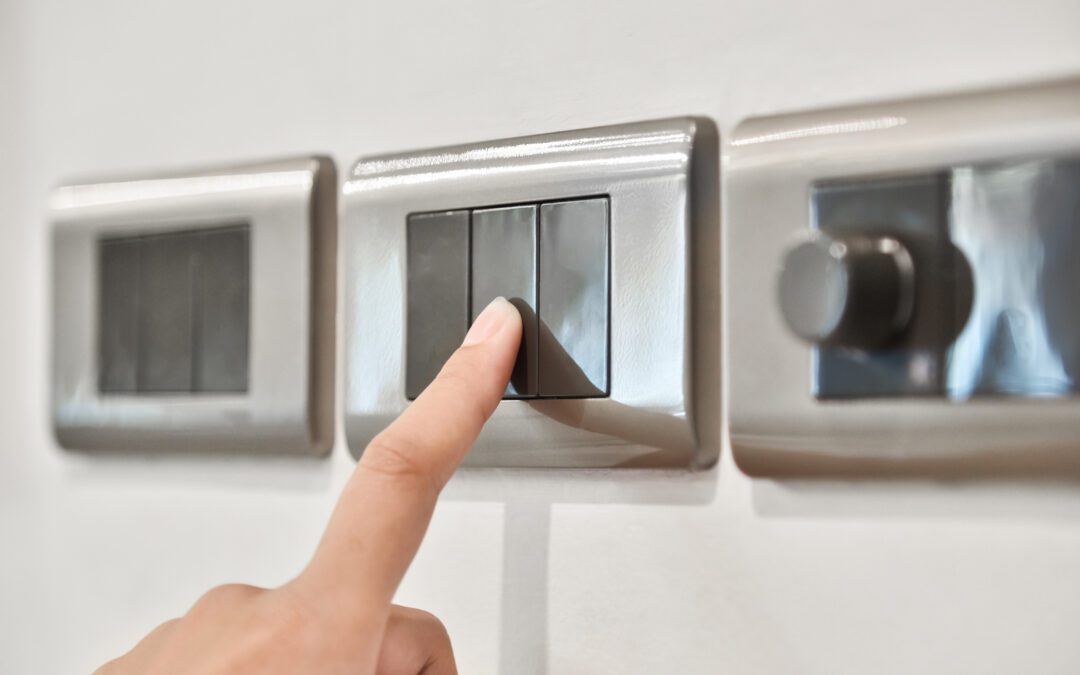Daylight solutions are not only cost-effective and environmentally responsible; bringing natural daylight into office spaces is also proven to boost employee motivation and productivity. But what about the traditional downsides of bringing excess sunshine into a space, like heat transfer concerns, UV ray protection, and glare? Read on for a breakdown of control devices that allow daylighting systems to continue bringing in those revitalizing rays while avoiding all the traditional pitfalls.
Daylighting Control Devices
Passive Control Devices
The key to daylighting effectiveness lies in the use of passive controls, such as light shelves, light reflectors, sunshades, and sunscreens.
Light Shelves
Light Shelves are white or reflective pieces of metal installed directly against the side of a building facing the sunshine. Light shelves defuse sunlight further through buildings. The strips bring light up and bounces it off the ceiling of an office space, illuminating the entire area evenly. Daylight systems take this to the next level. Light shelves enhance not only the quantity but also the quality of light inside a room. These shelves can be built into a window framing system or even turned into separate decorative features within the building’s structure.
Light Reflectors
Light reflectors fulfil a similar function to light shelves, but on the outside of the building. Positioned to reflect sun rays and aim them in the right direction, light reflectors can take a variety of forms. Often they are simply reflective glazing on a nearby wall. Where building or site constraints make it impossible to do this, another option is to install motorized sun-tracking arrays. Reflectors are most effective when combined with other techniques to diffuse direct sunlight, such as sunscreens and sunshades on horizontal and overhead glazing.
Capture Systems and Diffusers
Another feature that minimizes solar heat gain is Solatube’s innovative in-dome reflector featuring Cool Tube Technology. This tubing efficiently transfers daylight to a diffuser while filtering out heat-infused rays. Then, specially designed optical lenses evenly disperse daylight to reduce glare and provide visual comfort, with the ability to focus light in certain areas depending on a space’s requirements. The technology provides exceptional thermal efficiency to maintain comfortable interior temperatures year-round.
Active Control Devices
Dimmers & Time Scheduling
A building should also have active electronic control systems, designed to manage and direct the level and timing of artificial light. These systems are directly linked to electric lighting systems, using sensors and actuators to detect the amount of daylight available at any given time. They then adjust the artificial light based on the amount of natural light available. Choosing the right kinds of controls depends on a building’s lighting needs, its use, and the building’s layout. Dimmers and time schedules may work best in offices where workers prefer lower levels of light, or in educational settings when the light needs to be controlled for nap times or TV/projector use. Time scheduling is effective in larger open office spaces as it allows lighting to be controlled through active switching at fixed hours in the day.
Looking for more information on control systems for commercial daylighting? Reach out to Daylight Specialists today!

